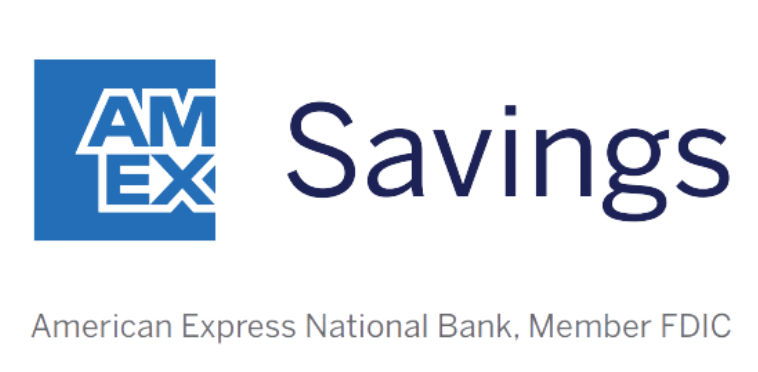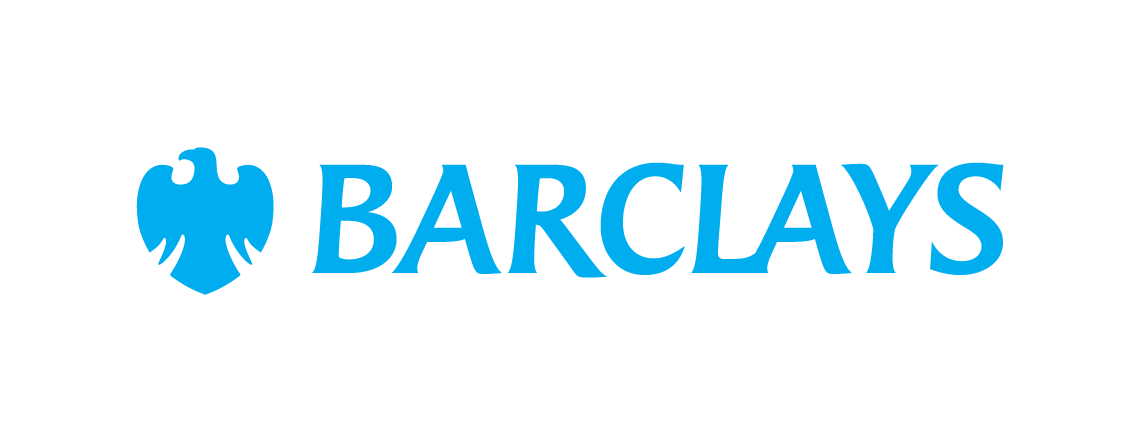
The best thing about certificates of deposit (CDs) is that they pay a guaranteed interest rate. The advertised rate is what you’ll get until the CD matures.
At today’s CD rates, you can lock in an annual percentage yield (APY) of about 4.00% for a 5-year CD. That’s a pretty good return for such a safe investment.
What if I said you could earn a higher yield for twice as long? It’s true — though you should read up on the basics before you invest.
Introducing the 10-year Treasury note
Treasury notes (aka “T-notes”) are government-issued investments. Much like CDs, they have maturity dates, and until that date, they pay a fixed interest rate.
Our Picks for the Best High-Yield Savings Accounts of 2025

American Express® High Yield Savings Member FDIC. APY 3.70%
Rate info Member FDIC.
|
3.70%
Rate info |
$0 |
|

Capital One 360 Performance Savings Member FDIC. APY 3.70%
Rate info Member FDIC.
|
3.70%
Rate info |
$0 |
|

Barclays Tiered Savings Member FDIC. APY 4.15%
Rate info Member FDIC.
|
4.15%
Rate info |
$0 |
Unlike CDs, however, T-notes pay interest every six months. So twice per year, you get half of your annual interest earnings. When the T-note matures, you get your initial investment back.
T-notes have terms ranging from two to 10 years. And right now, you can purchase 10-year T-notes that yield 4.40%.
They’re not quite as intuitive as CDs, though. There are a few things you should know before you buy.
Prefer to keep your savings simple? Check out our list of the best CD rates for a safe, dependable place to keep your cash.
How to buy 10-year Treasury notes
There are a few ways to invest in Treasury notes, and each has its pros and cons.
At auction
The Treasury Department auctions off 10-year T-notes once per month. The next batch is expected to be up for sale on March 12. The Treasury will announce the date and more details about a week in advance.
You can bid on T-notes at TreasuryDirect.gov. You’ll first need to create an online account and then link your bank account.
Pros of buying Treasury notes at auction:
- You can purchase Treasury notes in $100 increments, so you don’t need to commit a lot of money.
- You won’t pay any fees, because there’s no middle man. You’re buying directly from the government.
Cons of buying Treasury notes at auction:
- Interest rates are decided at auction. That means you won’t know beforehand exactly what interest rate you’ll get.
- There are simpler ways to buy T-notes.
- TreasuryDirect.gov is not the most user-friendly site.
Through a broker
Many of the best stock brokers let you buy and sell Treasury notes. Some allow you to buy them at auction; you just go through your broker instead of TreasuryDirect.gov.
However, investors can buy and sell T-notes among themselves at any time, and some brokers help you buy them through this secondary market. You can currently buy the 10-year T-notes that were auctioned in mid-February, which have a yield of 4.40%.
Pros of buying Treasury notes on the secondary market:
- You can purchase T-notes at any time.
- You can pick and choose T-notes with different maturity dates and yields.
- Making a purchase is fairly simple.
Cons of buying Treasury notes on the secondary market:
- The minimum investment may be extremely high.
- Some brokers charge a commission fee.
Through an exchange-traded fund
Treasury exchange-traded funds (ETFs) invest in a variety of T-notes. You can purchase a share of the ETF, which means you own a portion of all those T-notes. ETFs are traded just like stocks, and they’re offered by many brokers.
Pros of buying T-notes through an ETF:
- The minimum investment is low.
- They typically pay interest monthly instead of semi-annually.
- They continually buy new T-notes, which means that if interest rates go up, your ETF will be buying T-notes with more attractive rates.
- Buying and selling ETFs is fast and easy.
Cons of buying T-notes through an ETF:
- You may not get the best possible yield, since you can’t hand-pick the highest-yielding T-notes.
- You’ll pay a small fee to the fund manager.
Are 10-year Treasury notes worth it?
10-year Treasury notes are best for people who:
- Can invest a large amount of money. If you can only make a small investment (say, $1,000 or less), then the returns may not be worth the hassle and commitment.
- Can leave their investment untouched for years. There’s no penalty for selling a T-note before it matures. However, if you’re forced to cash out early, there’s a risk that you’ll sell your T-note at a loss. And of course, you’ll no longer get interest payments.
- Want guaranteed interest and minimal risk. T-notes are backed by the full faith and credit of the U.S. government, which has never failed to pay T-note investors on time and in full.
If Treasury notes aren’t right for you, then you could stash your money in a high-yield savings account and call it a day. Savings account APYs can change at any time, but today’s best rates are around 4.00%.
But if you have thousands of dollars that you want to keep safe while earning a solid return for years, then a 10-year Treasury note is one of the best options you’ll find.
RELATED POSTS
View all



